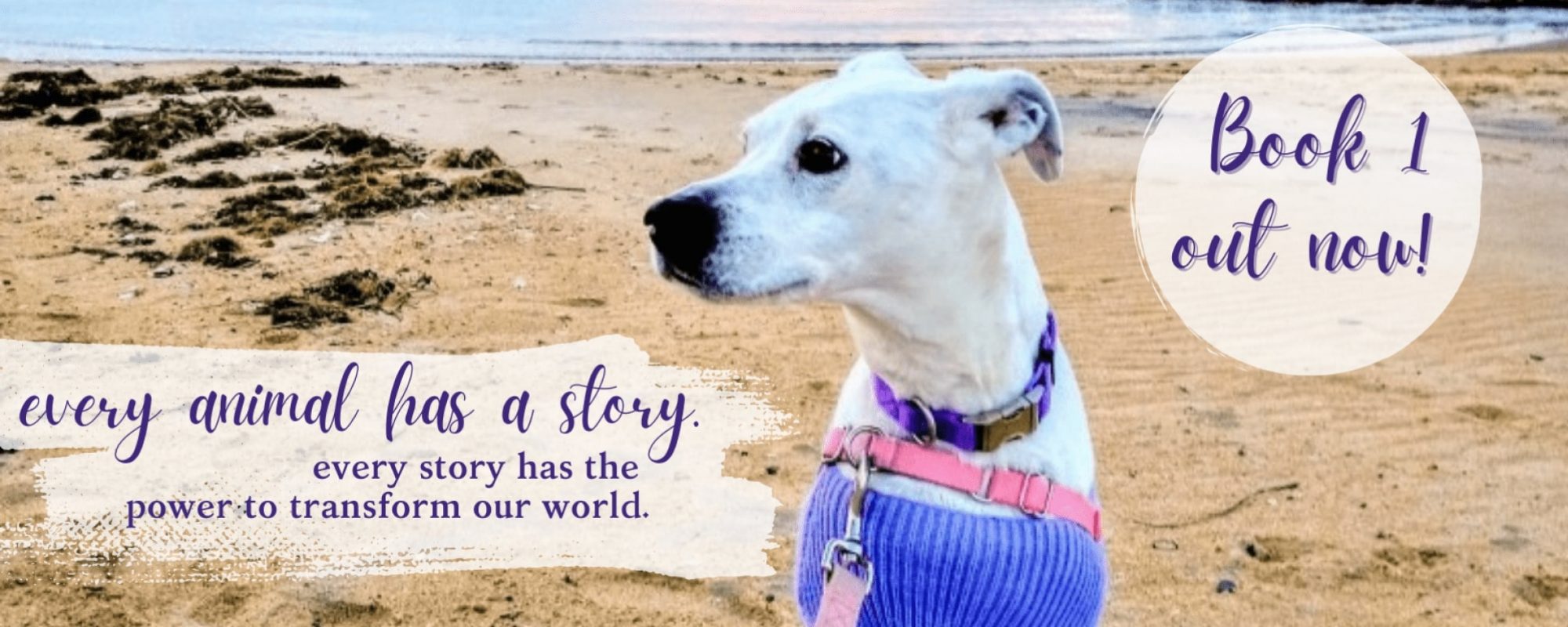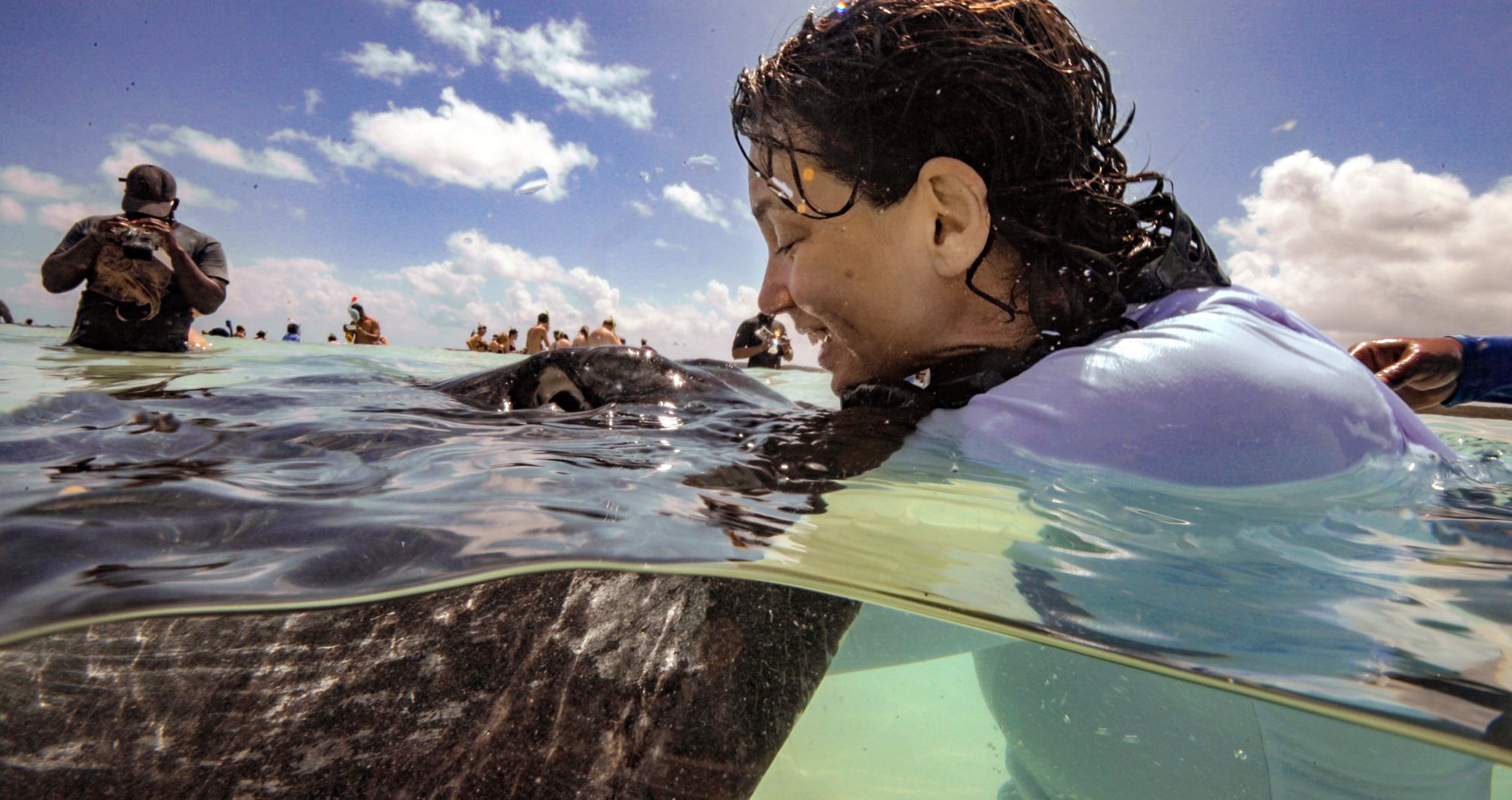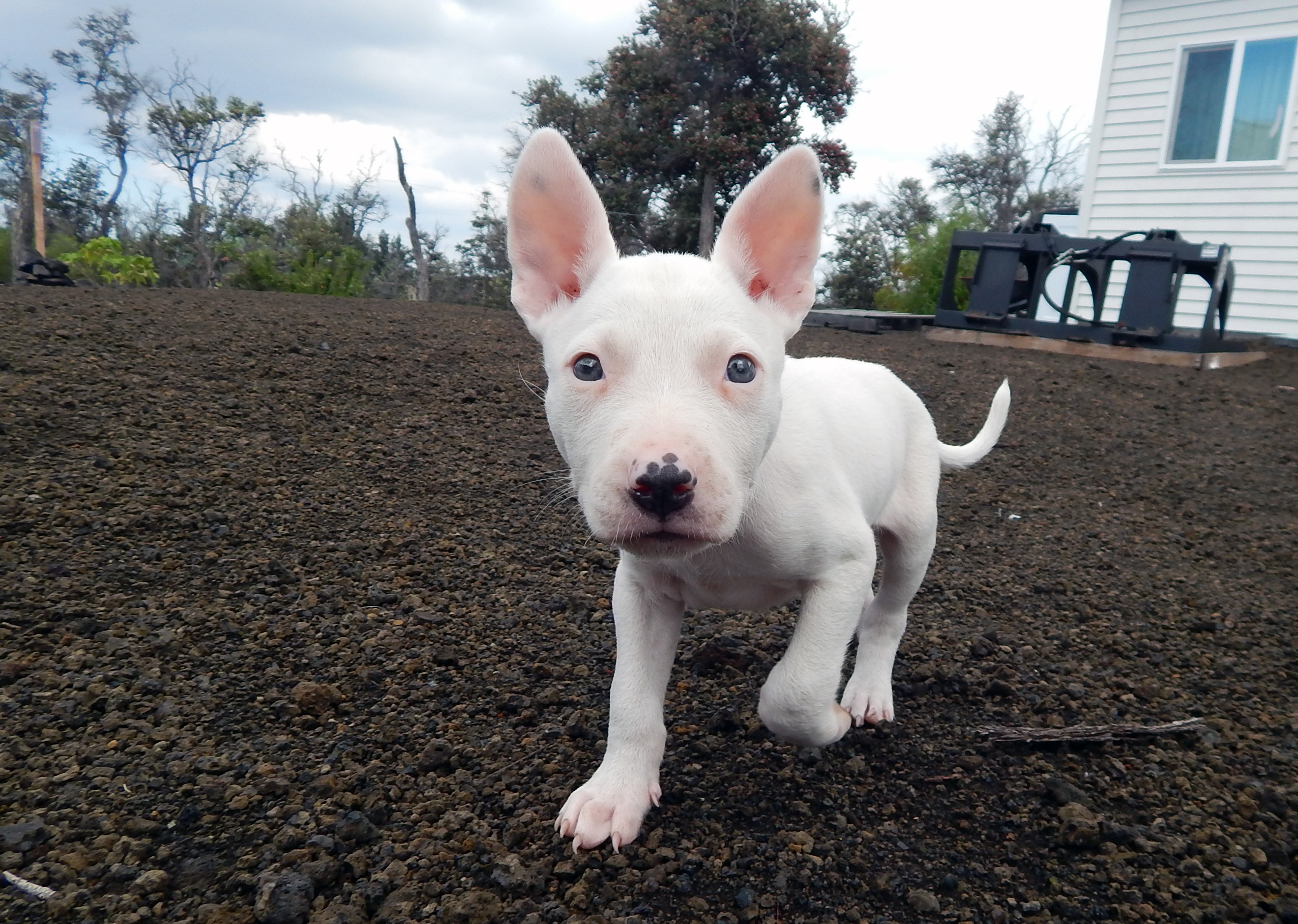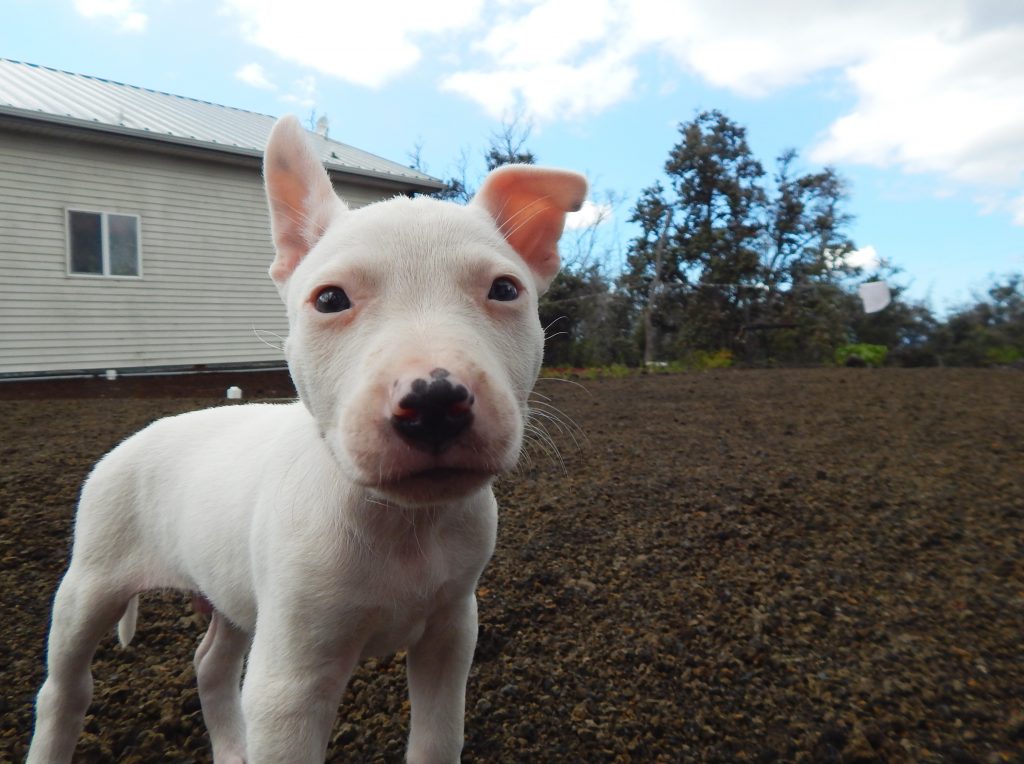It’s been a rough week–hell, it’s been a rough year. Fellow humans are fighting for their lives, both in hospitals and on the streets in the wake of the brutal murder of George Floyd. And we’ve gotten our first glimpse inside a factory farm that was forced to mass-exterminate pigs because of slaughterhouse shutdowns due to workers contracting COVID-19.
I’ve spent the week trudging through the desolate headlines, taking action for our Black family and friends where I can, and soaking up tips to become a better ally. As an animal advocate, I must also be a human advocate. Animal oppression is rooted in the same oppressive system that kills Black and Brown people, and our work won’t be done until we’ve addressed all of it.
Over the last few months as the world seems to be topping down around me–and especially now–it’s been hard to find a time to write an inspiring story about animals that feels meaningful. So I’ve stagnated in my writing while waging on with other forms of social justice activism.
The truth is that there’s not going to be that perfect moment, as the flaws in our society keep bubbling up to the surface: cruel factory farms and slaughterhouses that serve as breeding grounds for disease and keep farmers and workers trapped in an exploitative cycle, systemic racism etched into the fabric of the very force that’s supposed to protect citizens of all skin colors, and constant reminders that the powers-that-be care more about profits and economic activity than immigrant, elderly, non-white, poor, and animal lives.
At some point, though, I have to take a breather and find comfort in the world–if only to help refuel me to get back into battle. So, during those brief minutes, I figured we could all use a dose of snuggly puppies.
And these very special puppies happen to live in the sea.

Back when cruises were a thing, my friends Jonathan Rosenberry and Maureen Cohen Harrington had the opportunity to hop aboard the Holistic Holiday at Sea, an all-vegan Caribbean cruise centered on plant-based eating and wellness.
There, in the glittering teal waters, they encountered soft, cuddly beings eager to embrace them with their massive flapping wings. These beings can only be described accurately as floppy, curious, silly puppies–of the sea.
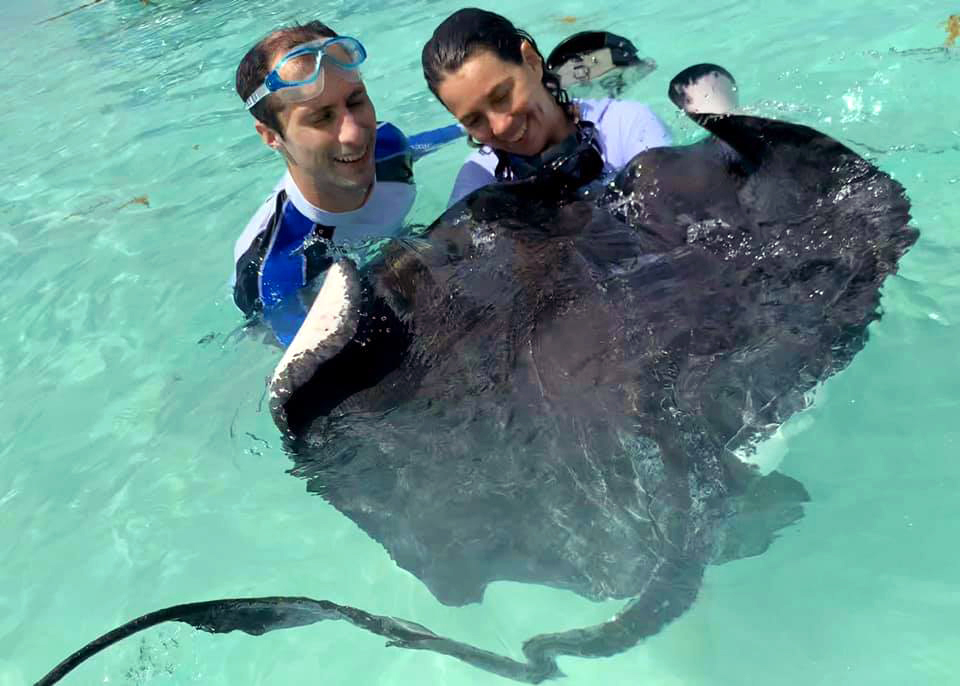
Their actual name is, of course, rays, a group of cartilaginous fish comprising more than 600 species. Unfortunately, more than 500 of these species are on the IUCN Red List, threatened by human fishing.
Like all fishes, rays are remarkably intelligent, adaptable, and innovative. The behemoth manta ray, whose wingspan can reach nearly 30 feet, was documented in a 2016 study to use a mirror to check out body parts that this animal normally can’t see. Individuals were also fixated by their reflection as they furled and unfurled their horn-shaped mouth fins repeatedly. While we should take care not to use such anthropocentric measures like the use of mirrors as definitive metrics of animal intelligence, we can at least appreciate these results as fascinating yet limited glimpses into complex minds we are barely beginning to understand.
Despite their clear sentience and complexity, though, these fish are violently killed by the thousands for human food and medicine–often even being cut apart into pieces while still conscious because their enormous bodies don’t fit onto boats.
But perhaps such research can lead us to reassess our propensity for ripping these rays–and other fish–en masse from their oceanic homes. In response to the 2016 study, a student blogger at the University of Washington wrote, “If manta rays are self-aware, what about other fish and shark species? Have we been underestimating them all along? For years humans vainly believed we were the only ones with higher-order intelligence. Maybe it is time to take a step back and give our wild counterparts more credit.”

Close to my home, another fight has been unfolding for the past several years over the much smaller cownose ray. Every May, these gentle rays migrate to the Chesapeake Bay in Maryland, where females give birth to a single live pup after an 11-month-long gestation period.
As the rays arrive to labor over their long-awaited newborns, fishermen armed with arrows lurk, preparing for an annual killing contest. They don’t discriminate, often shooting pregnant rays and babies alike. Until three years ago.
In 2017, Maryland Governor Larry Hogan signed a bill into law placing a moratorium on the savage killing contests through July 2019, during which time the Maryland Department of Natural Resources (DNR) was to develop a ray management plan.
Yet the DNR failed to do so in time, necessitating further protection for cownose rays upon the expiration of the moratorium. Thus, activists from the Save the Rays Coalition banded together and successfully achieved an extension on the moratorium until a management plan is created.
But it’s been a full year, and there’s still no sign of a more permanent ban on cruel ray killing contests. It’s time to demand that cownose rays are shielded once and for all from being mercilessly hunted as part of a twisted competition.
Even amidst multiple national crises, sea puppies have managed to warm my heart ever so slightly. Join me in making sure they’ll have a safe harbor in the waters of our Bay for years to come.
Petition closed with 226 signatures.

